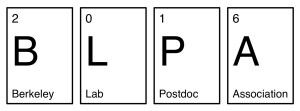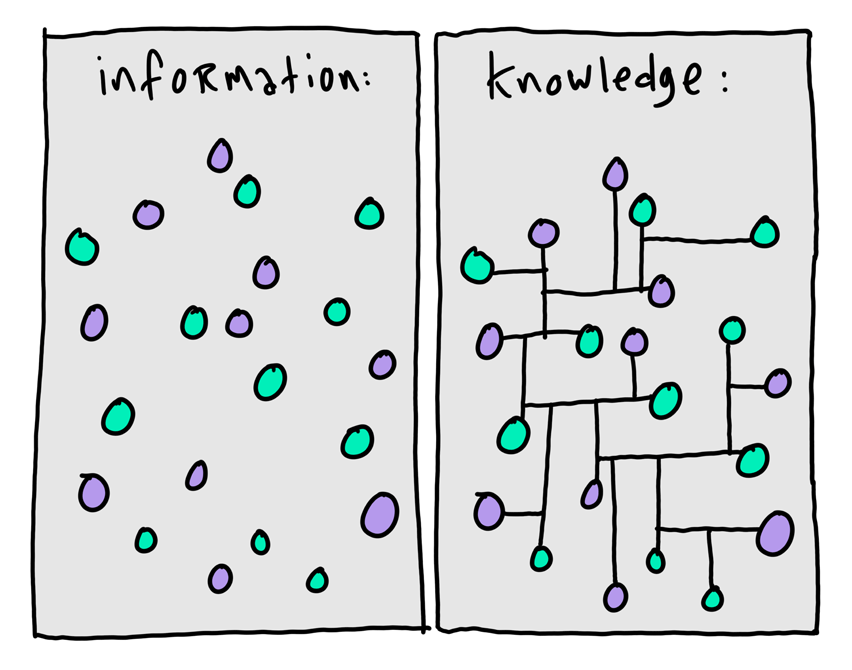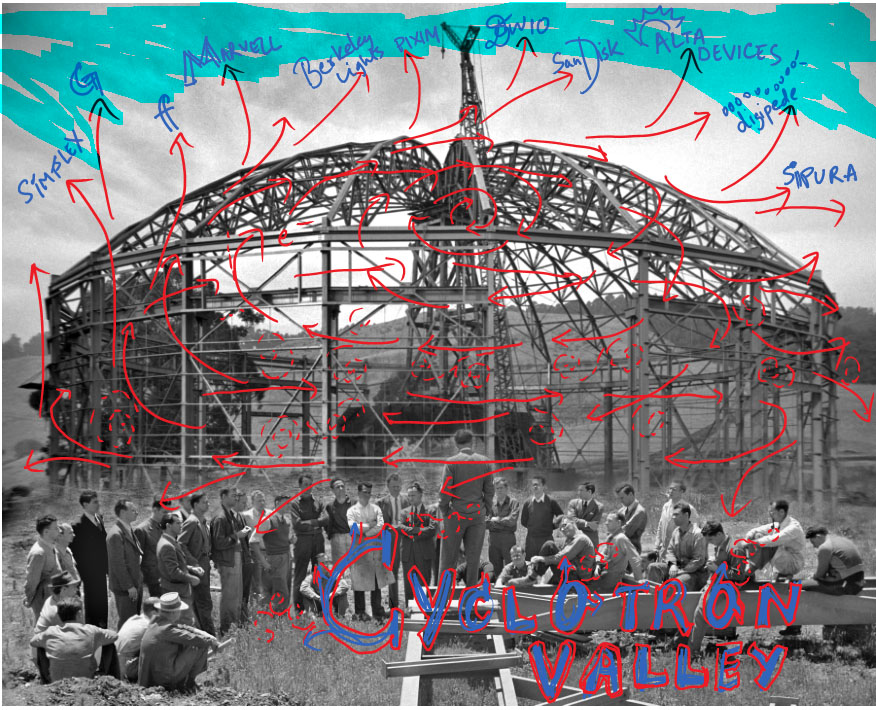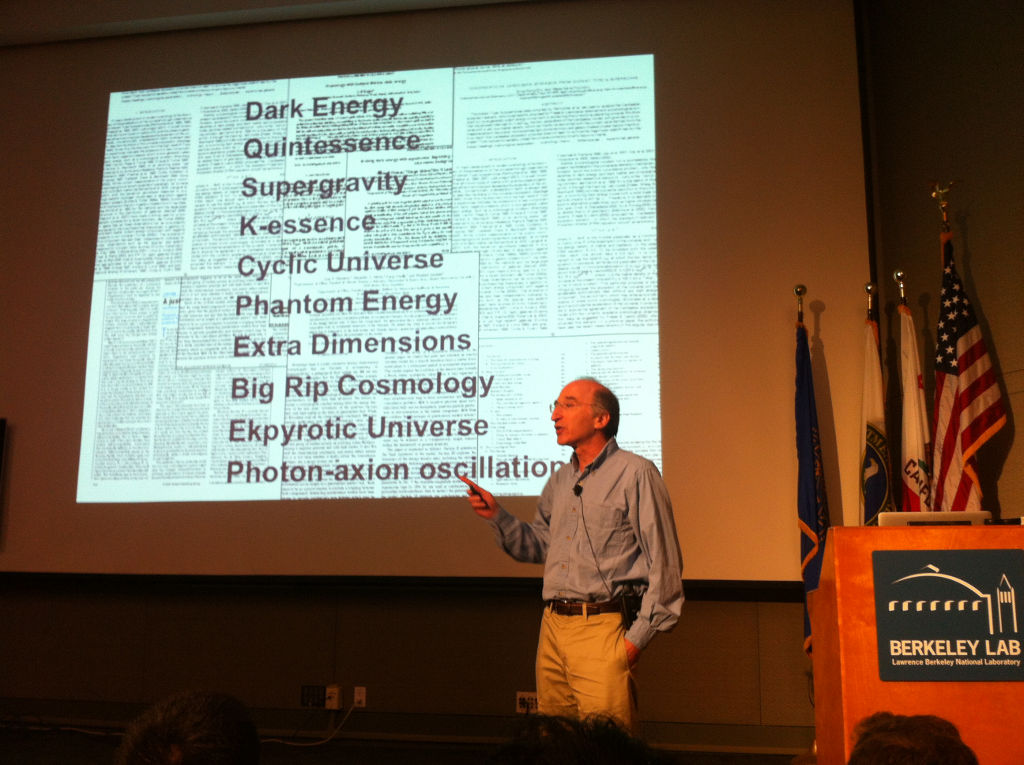Living in the Bay Area has a lots of perks, notably the climate and the people who live here– some are driven, and some maybe too much.
The Silicon Valley became fertile and successful when entrepreneurs started bringing hardcore scientific advances to the masses, with companies such as Fairchild Semiconductors, or innovative technologies, with companies such as Xerox and its Palo Alto Research Center.Nowadays, the silicon in the valley is mostly gone (I often joke that among my friends living in the Silicon Valley, I am the only one actually working on silicon… yet I don’t live in the valley:), and tech companies that have nothing to do with actual τέχνη. Yet the dreams of technology to save us all are still pretty alive. But it seems that it all has to do with hubris, or PR at best, and it is hurting actual science and those who make it. Continue readingSubluminal
Slower than the speed of light, but not by much
Category Archives: science life
China on the rise
Maybe the info was lost on all the news that trump the attention, but China has been involved with serious business in science recently. From a stage where the industry would produce with high-efficiency but with minor innovation. The country are now paving the way forward.
A few recent examples this year are pretty telling. The first one would be the launch of a set of satellites designed to study quantum encryption over long distances. Apparently, this project was proposed by leading German scientist Anton Zeilinger to the European Union, but never got through (update Oct 28th, 2016 : Now there’s a event a 2000km quantum link project underway in China. Wow!) Continue readingBerkeley Lab Postdoc Association
Dear reader,
I haven’t been very communicative lately, for I was kept busy by a very cool new venture : the birth of the Berkeley Lab Postdoc Association. The new association is meant to bring together over a thousand postdocs at Berkeley Lab, and provide them with support, career advice and bring feedback to the lab management about issues encountered by postdocs. Now that the association is alive and well (see the blog), I can tell a little about its story. Continue reading
Now that the association is alive and well (see the blog), I can tell a little about its story. Continue reading
Wanted : science tools for the digital age
The internet may still be less than 10,000-days old, it still fails to deliver for scientists.
By empowering institutions to efficiently track down the number of publications, pushing even further the drive to publish many half-baked ideas and follow the hype instead of long-term research. It is true that it had never been as simple to get access to a paper and makes life easier on many aspects– collaboration often just requires sending an email, but new hurdles have appeared, and these should be removed. Here is a bunch of ideas on how to use the new digital tools we have at hand to make research easier and thus more efficient, and a limited overview of what we have now. Continue reading
Here is a bunch of ideas on how to use the new digital tools we have at hand to make research easier and thus more efficient, and a limited overview of what we have now. Continue reading
Cyclotron Valley
I wrote a feature article for the Fall issue of the Berkeley Science Review (BSR) about the resources available for PhDs when they want to turn their research into companies.
Here it is : Cyclotron ValleyBoth research and entrepreneurship also require another crucial skill—flexibility. The academic must choose from many potential research paths and be prepared to alter his or her plans when experiments predictably don’t work. In the parlance of Silicon Valley, this is known as the pivot—an attempt to assess the validity of your current direction and then use that knowledge to devise another idea that works better.
This is part of my involvement with the Berkeley Postdoc Entrepreneurial Program (BPEP), the first association promoting entrepreneurship among skilled researchers, run by volunteers.
edit 12/20/15 : I’ve just read The Entrepreneurial State by Mariana Mazzucato. Quite interesting discussion on the (true) origin of innovation. Here’s a video that roughly summarizes the book.Crisper
The other day, I had the chance to stumble on Jennifer Doudna in Stanley Hall… And I asked her for a drawing !
Jennifer Doudna is well-known for her discovery, with her postdoc Martin Jinek and Emmauelle Charpentier, of the CRISPR-Cas9 technology, that allows live gene editing.
It might not seem that crazy, but it’s a total game changer (Radiolab had a good story about it recently). The thing is that until now, to modify the genes, one had to change the germ cell and create a new living being : an already existing being could not have its DNA reprogrammed. But now, you can cure genetic diseases and target specific genes that you would like to change (I don’t know if you can change the colors of your eyes by that process, but who really cares ?)This of course brings a lot of ethical questions that they try to tackle— I can’t help but to imagine how terrible a biological weapon targeting a population through specific would be.For her work, DouDNA and Charpentier were awarded the Breakthrough Prize in Life Science, a prestigious prize put together by Yuri Milner and others. She will probably be promoted to my Nobel Prize list soon:)edit November 10th :No Nobel Prize this year, but another Breakthrough prize, from optogenetics !Watch the related Breakthrough Symposium talks
And another piece in the New Yor Times : the CRISPR quandary.
Fun to imagine
I’ve received this very kind email, related to a transcript I’ve made a while back :
Dear Antoine Wojdyla,
By chance I have just come across your excellent English transcript of the Richard Feynman ‘Fun to Imagine’ episodes and I thought how wonderful it is that you have gone to the trouble of doing this. I produced the programmes back in 1983 and it’s great that they are still out there and people seem to enjoy them.
Anyway, I thought I’d write and say thank you!Best wishes,Christopher Sykes
 Here’s an excerpt from the transcript “fun to imagine“:
Here’s an excerpt from the transcript “fun to imagine“:
The sun is shining, and this sunlight comes down and knocks this oxygen away from the carbon, so it takes some light to get the plant to work! And so the sun, all the time, is doing the work of separating the oxygen away from the carbon, the oxygen is sort a of terrible by-product, which it spits back into the air, an leave in the carbon and water to make the substance of the tree. And then we take the substance of the tree to get the fireplace. All the oxygen made by these trees and all the carbons would much prefer to be together again. And once you let the heat to get it started, it continues and make an awful lot of activity while it’s going back together again, and all those nice light and everything comes out, and everything is being undone, you’re going from carbon and oxygen back to carbon dioxide, and the light and heat that’s coming out is the light and heat of the sun that went in, so it’s sort of stored sun that is coming out when you burn it.
Seeing small
I don’t know how to do this on a small scale in a practical way, but I do know that computing machines are very large; they fill rooms. Why can’t we make them very small, make them of little wires, little elements – and by little, I mean little. For instance, the wires should be 10 or 100 atoms in diameter, and the circuits should be a few thousand angstroms across.
– Richard Feynman (1959)
Being a researcher, all my friends and family have very little idea of what I’m work on. The trouble is that when I try to explain, I need to resort to notions such as wavelength or transistor, only to discover that most people have no clue of what this is, expect to joke about being on the same… wavelength. But very small wavelength.
To put it straight : I look at small things.Yet, I was just awarded a prize for best research at the EUV lithography symposium in Washington, D.C., and it’s only fair of me to explain what I’m doing for a living!Continue reading
Beautiful SEM pictures
I had the chance to help my friend Sylvie to get scanning electron microscope pictures of the MRI contrast agent she synthesizes, and we collected gorgeous data thanks to my colleague Farhad.
He told me that he had TONS of failed experiments that still yielded great pictures…
We should start a journal of the failed experiments… art+science mag !:)

SEM picture that looks like an aerial view of Dog Island (Anguilla)…
I guess there is some wabi-sabi in science…
Continue readingLove and Confidence in science
Recent events in the scienfic community – I’m thinking of the detection of primordial B-mode signal in the CMB polarization by BICEP2 (probable), the discovery of Higgs Boson (Nobel-prized) and of the faster-than-light neutrinos (ruled out as an experimental error) – invite us to draw a line between what is reasonable science and what is not.



